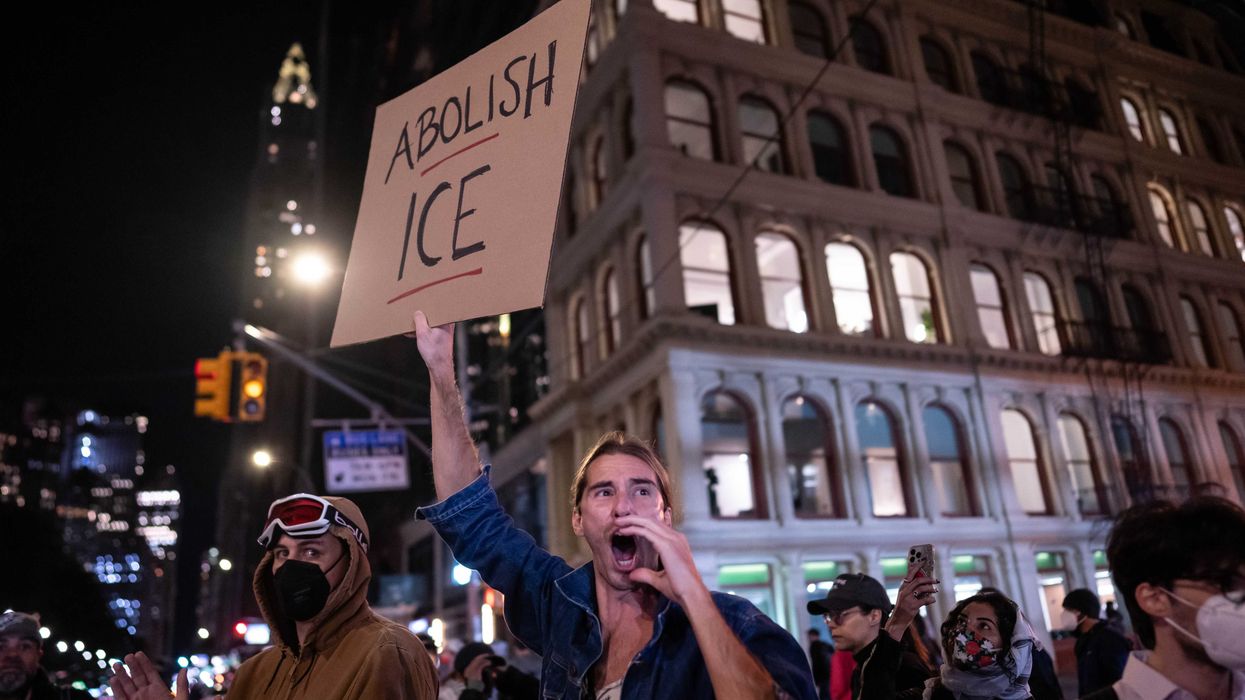The National Journal puts together an annual list to rank the most conservative members of the U.S. Senate based on roll-call votes. When you think of conservative politicians in America today, names like Mike Lee, Ted Cruz, or Rand Paul probably come to mind, but none of those names even cracked the top five.
“The 15 most conservative senators list has some surprises,” Glenn said on radio this morning. “And the biggest surprise is, I've never heard of the number one guy.”
Staring from number 15, the list for the 112th Congress is ranked as follows:
15. (tie) Mitch McConnell (R-KY) and Jon Kyl (R-AZ)
14. James Inhofe (R-OK)
13. David Vitter (R-LA)
12. Tom Coburn (R-OK)
11. Saxby Chambliss (R-GA)
10. Orrin Hatch (R-UT)
9. Mike Crapo (R-ID)
8. Michael Enzi (R-WY)
7. Mike Lee (R-UT)
6. Rand Paul (R-KY)
5. Ron Johnson (R-WI)
4. Pat Toomey (R-PA)
3. Jim DeMint (R-SC)
2. John Cornyn (R-TX)
And drumroll, please… the most conservative U.S. Senator is none other than James Risch of Idaho.
“Never heard of him,” Pat said laughing. “Honestly, never heard of him.”
“I mean I have heard of the guy, but I don’t know much about him,” Stu added. “But he seems like he is doing a good job from this list.”
With a 95.8 “composite conservative ranking” based on the National Journal’s rating system, it seem like Senator Risch, the former governor of Idaho, is doing a pretty good job.
“I would sure like to know more about him,” Glenn said. “See if we can get him on the phone tomorrow. Let's introduce him to America because I've never heard of him. And that’s really sad.”
While Risch coming in at number one was certainly a surprise to many, Glenn, Pat, and Stu were also taken aback by where some other senators fell on the list.
Pat was surprised that Senator Inhofe placed so low on the list (at number 14), while Orrin Hatch came in at number 7. No one seems to believe that Senators Mike Lee and Rand Paul, two of the biggest champions of small government, were ranked at number seven and six, respectively.
“I think that has to do with the fact that they take more of a Libertarian stance,” Stu suggested. “I think they are both probably downgraded because there are a couple of votes where they took the Libertarian angle. That’s my guess.”
“That’s the only thing that makes sense,” Pat said, “because I have never seen either one of them be bad on anything.”
Based on the explanation from the National Journal, it looks like Stu’s reasoning isn’t all that far off:
For the past three decades, National Journal has rated members of Congress based on selected roll-call votes from the previous year to see how they compared with each other on an ideological scale. Unlike interest groups that rate lawmakers, National Journal does not attempt to say how members should have voted. Our goal is to describe how they voted in comparison with one another.
The ratings system was devised in 1981 under the direction of Bill Schneider, a political analyst and commentator, and a contributing editor to National Journal.
For the 2012 ratings, National Journal examined all of the roll-call votes in the second session of the 112th Congress—659 in the House and 251 in the Senate—and identified the ones that show ideological distinctions between members. Many votes did not make the cut—those that involve noncontroversial issues or that fall along regional lines, for instance. In the end, 116 votes in each chamber were selected and were categorized as economic, foreign, or social.
Looking at this list, it is easy to see where the Republican and, more importantly, conservative strongholds are in the U.S. “Let’s look at this pattern,” Glenn said. “You want to know if you're living in the right part of the country? Idaho, Texas, South Carolina, Pennsylvania, Wisconsin, Kentucky, Utah, Wyoming, Idaho, Utah, Georgia, Oklahoma, Louisiana, Oklahoma, Arizona, Kentucky.”
“So, I mean, look at the states that have both senators [on the list], and those are probably good states for you,” Glenn concluded. “And look at, if you notice, it's the Mountain West down in to like Oklahoma and then Texas. There's your home base, guys. There's home base. Touch the mountains and go home, unless it's Colorado...”

 AASHISH KIPHAYET / Contributor | Getty Images
AASHISH KIPHAYET / Contributor | Getty Images
 Harold M. Lambert / Contributor | Getty Images
Harold M. Lambert / Contributor | Getty Images Adam Gray / Stringer | Getty Images
Adam Gray / Stringer | Getty Images Anadolu / Contributor | Getty Images
Anadolu / Contributor | Getty Images